Cuttlefish Pass Marshmallow Test: Alien Intelligence Decoded
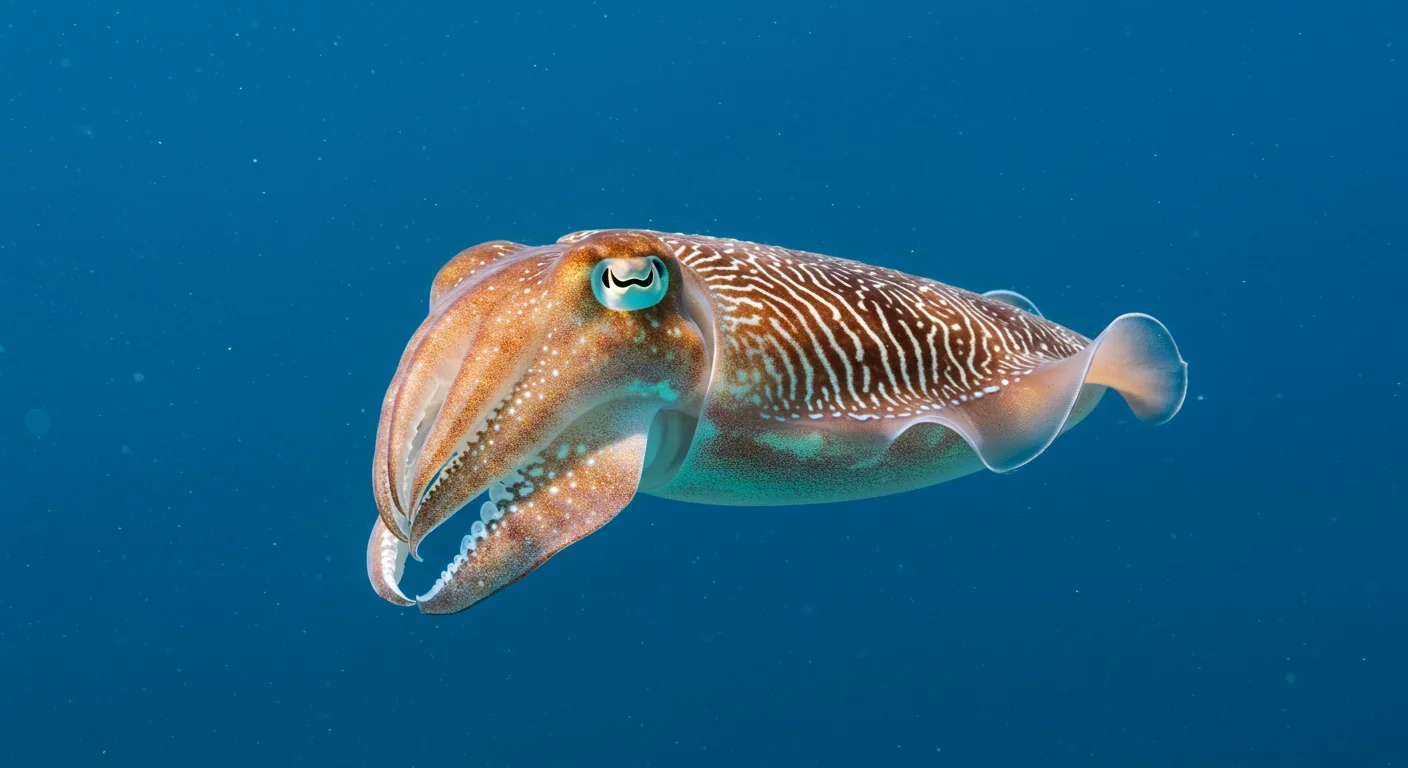
TL;DR: Deinococcus radiodurans, nicknamed 'Conan the Bacterium,' survives radiation 3,000 times lethal to humans through extraordinary DNA repair mechanisms. Scientists are harnessing these capabilities for nuclear waste cleanup, space exploration, and developing new medical treatments.
What if the solution to one of humanity's most dangerous legacies wasn't some high-tech invention, but a tiny organism that's been perfecting its survival skills for millions of years? Deep inside nuclear waste tanks, where radiation levels would kill a human in seconds, a microscopic survivor nicknamed Conan the Bacterium is thriving. Deinococcus radiodurans can withstand radiation doses 3,000 times more lethal than what would kill us, and scientists are finally unlocking the secrets behind this superpower. The implications stretch from cleaning up nuclear contamination on Earth to protecting astronauts on Mars missions decades from now.
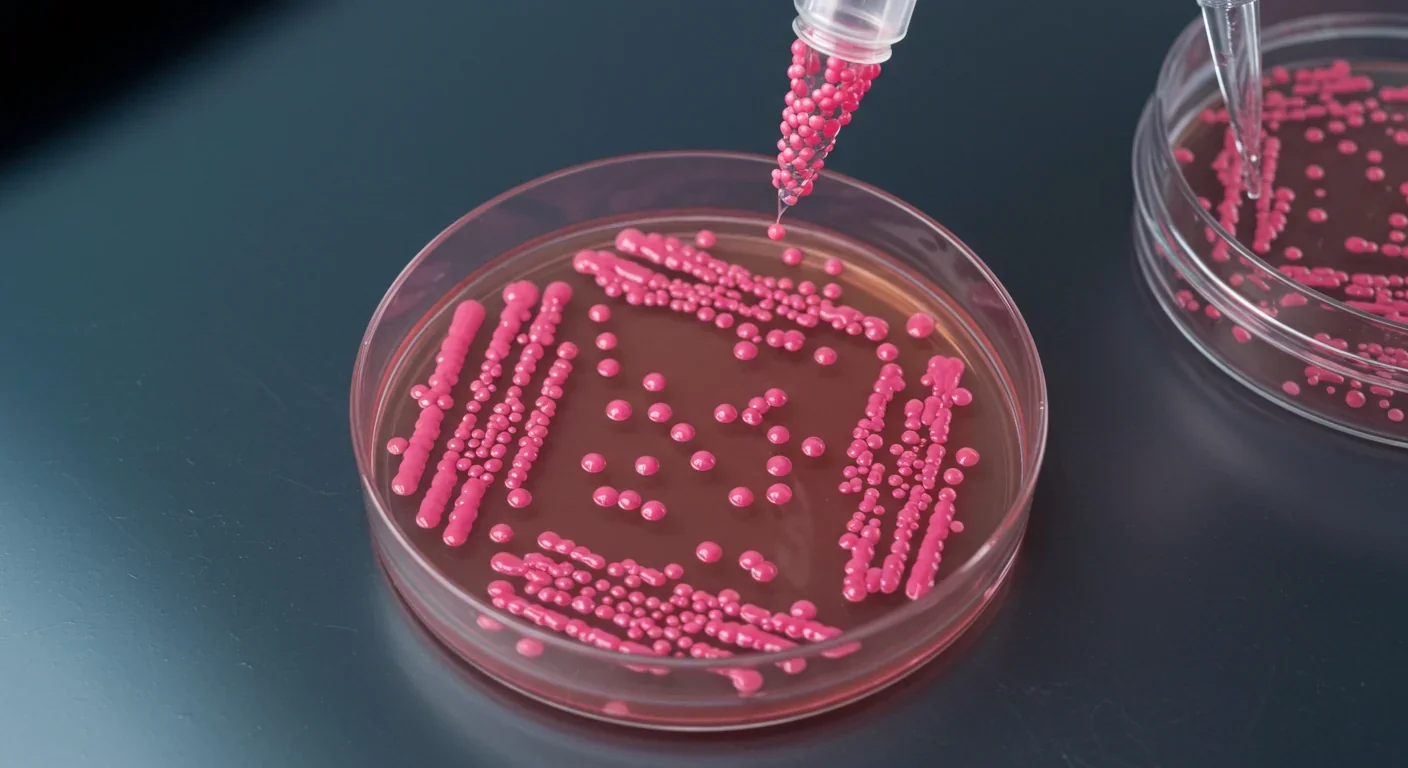
Deinococcus radiodurans isn't just radiation-resistant. It's virtually indestructible. This pink-hued bacterium survives conditions that would obliterate human cells: 5,000 Gray (Gy) of ionizing radiation without breaking a sweat, while a mere 5 Gy proves lethal to humans. To put that in perspective, the bacterium endures radiation levels equivalent to standing in the core of a nuclear reactor or being bombarded by cosmic rays in deep space.
First discovered in 1956 inside canned meat that had been sterilized with radiation yet somehow spoiled anyway, D. radiodurans has since been found thriving in nuclear waste storage tanks, high-altitude environments, deserts, and even NASA's spacecraft assembly cleanrooms where engineers desperately try to keep everything sterile before sending missions to other planets.
When exposed to radiation that shatters its DNA into hundreds of fragments, D. radiodurans reassembles its genome within hours—like a microscopic puzzle-solver working at superhuman speed.
What makes this organism remarkable isn't just survival. It's the speed and precision of its recovery. When exposed to massive radiation doses that shatter its DNA into hundreds of fragments, D. radiodurans reassembles its genome within hours like a microscopic master puzzle-solver working at superhuman speed.
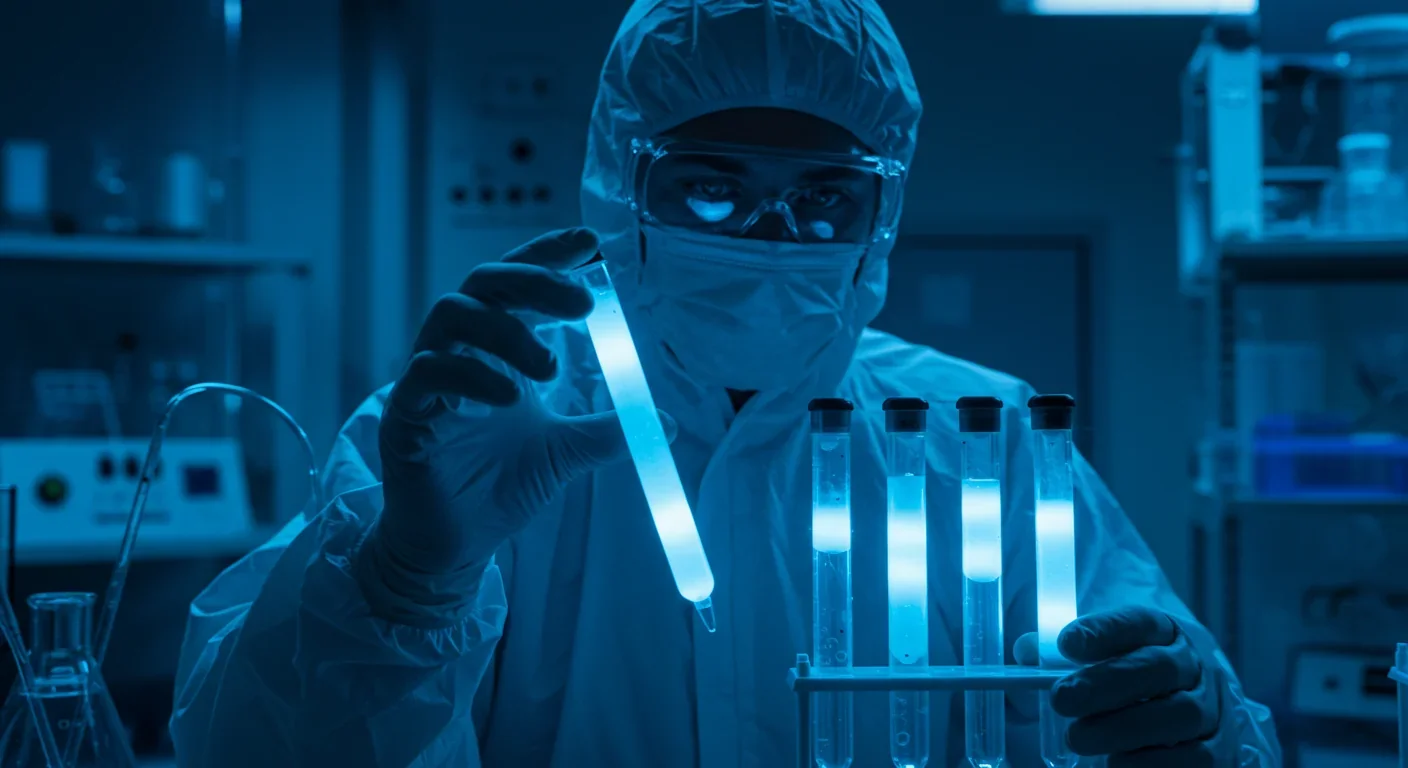
The secret to this bacterium's resilience lies in an extraordinary molecular architecture. Most organisms, including humans, carry two copies of their genome. D. radiodurans maintains between four and ten copies arranged in a unique ring structure. When radiation shatters its DNA, the bacterium uses these backup copies as templates for reconstruction.
But redundancy alone doesn't explain its abilities. Recent research published in 2024 revealed that D. radiodurans employs a specialized antioxidant complex composed of manganese ions, phosphate, and a small molecule that creates an incredibly powerful shield against oxidative damage. This "holy grail" antioxidant cocktail protects not just DNA but also the proteins responsible for repairing DNA, creating a virtuous cycle of protection.
The bacterium's DNA repair toolkit includes multiple sophisticated systems working in concert. The RecA protein, similar to RAD51 in humans, orchestrates homologous recombination, allowing the bacterium to accurately reconstruct shattered chromosomes by matching fragments with intact templates. An additional system called extended synthesis-dependent strand annealing (ESDSA) handles repairs that other organisms can't manage, essentially providing a backup repair mechanism for the backup repair mechanism.
"The desiccation-adaptation hypothesis proposes that the cellular damage from dehydration closely resembles radiation damage. The same repair mechanisms that evolved to handle desiccation work brilliantly against radiation too."
— Research on evolutionary origins of radioresistance
Scientists have also discovered that D. radiodurans possesses enhanced versions of proteins found in the SOS response system that many bacteria use for emergency DNA repair. In D. radiodurans, these proteins are constitutively expressed at higher levels and work more efficiently, giving the organism a head start when disaster strikes.
Here's the twist: D. radiodurans probably didn't evolve its superpowers to survive radiation. The bacterium's natural habitat includes desert soils and rocks where it faces extreme desiccation. The desiccation-adaptation hypothesis proposes that the cellular damage from dehydration closely resembles radiation damage, particularly the DNA strand breaks. The same repair mechanisms that evolved to handle desiccation turned out to work brilliantly against radiation too.
This connection reveals something profound about biology: sometimes evolution creates solutions to one problem that accidentally solve completely different challenges. In D. radiodurans, the ability to survive drought made it virtually immune to one of the most destructive forces humans have unleashed on the planet.
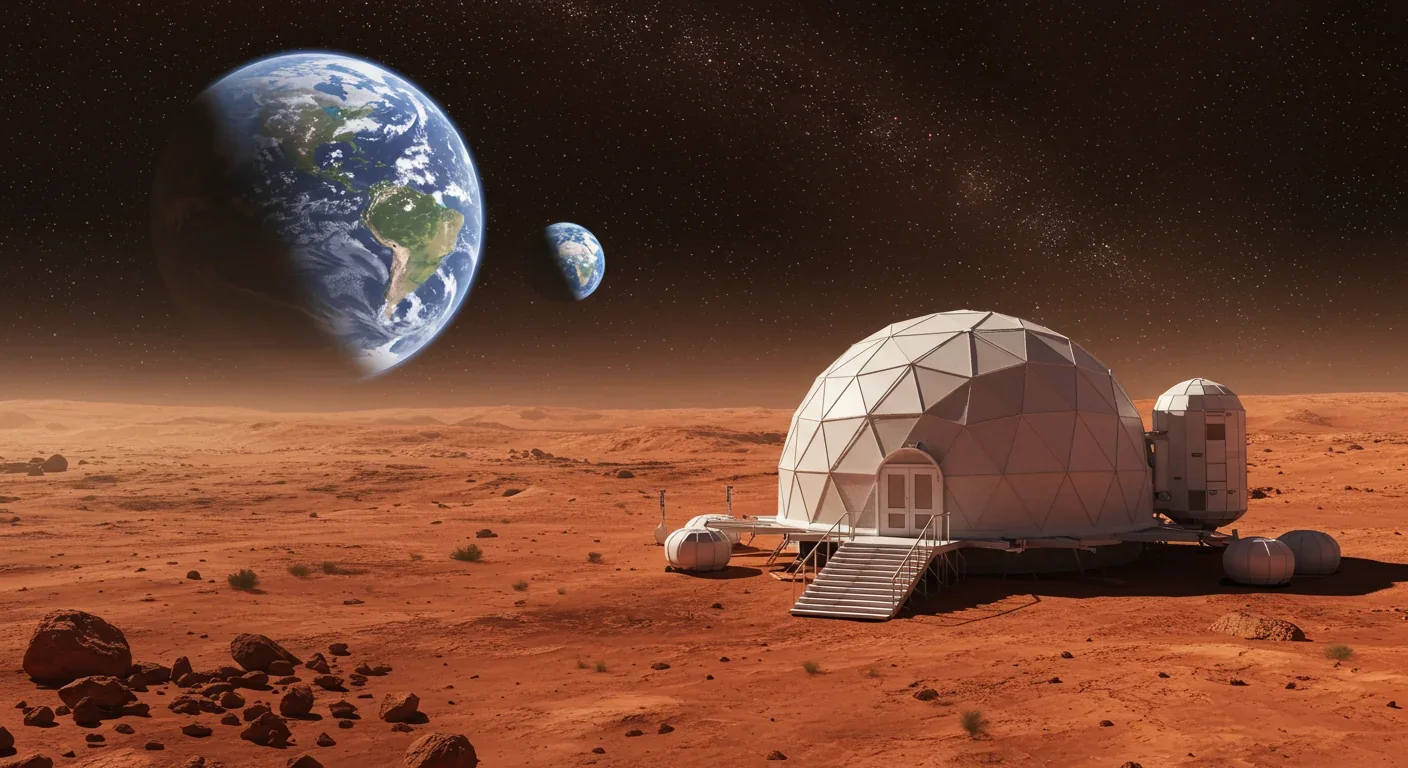
Natural transformation, the process by which bacteria take up DNA from their environment, plays a crucial role too. Research suggests that D. radiodurans uses natural transformation both for acquiring nutrients and for DNA repair, essentially salvaging genetic material from dead neighbors when resources are scarce or its own genome needs patching.
The practical applications of understanding D. radiodurans extend far beyond academic curiosity. Nuclear waste remains radioactive for thousands of years, and we're running out of places to store it safely. Enter bioremediation: using living organisms to clean up environmental contamination.
Researchers have genetically engineered strains of D. radiodurans to not just survive in radioactive waste but actively neutralize it. Scientists introduced genes that allow the bacterium to convert toxic heavy metals like mercury and toluene often found alongside radioactive material into less harmful forms. One engineered strain can simultaneously resist radiation while precipitating uranium from solution, potentially extracting radioactive material from contaminated groundwater.
At the Hanford Nuclear Reservation, where decades of plutonium production left behind 56 million gallons of radioactive waste, microbial bioremediation represents one of the most promising cleanup strategies.
At sites like the Hanford Nuclear Reservation in Washington State, where decades of plutonium production left behind 56 million gallons of radioactive waste, microbial bioremediation represents one of the most promising cleanup strategies. The traditional approach—excavation and storage—costs billions and merely moves the problem elsewhere. Bacteria offer an in-situ solution, working directly where contamination exists.
The process isn't simple. Scientists must carefully engineer bacteria to handle multiple stressors simultaneously: radiation, toxic metals, extreme pH, and limited nutrients. But progress continues. Research teams have developed bacterial consortia, communities of different microbes working together, where D. radiodurans handles radiation resistance while partner species contribute other specialized abilities.
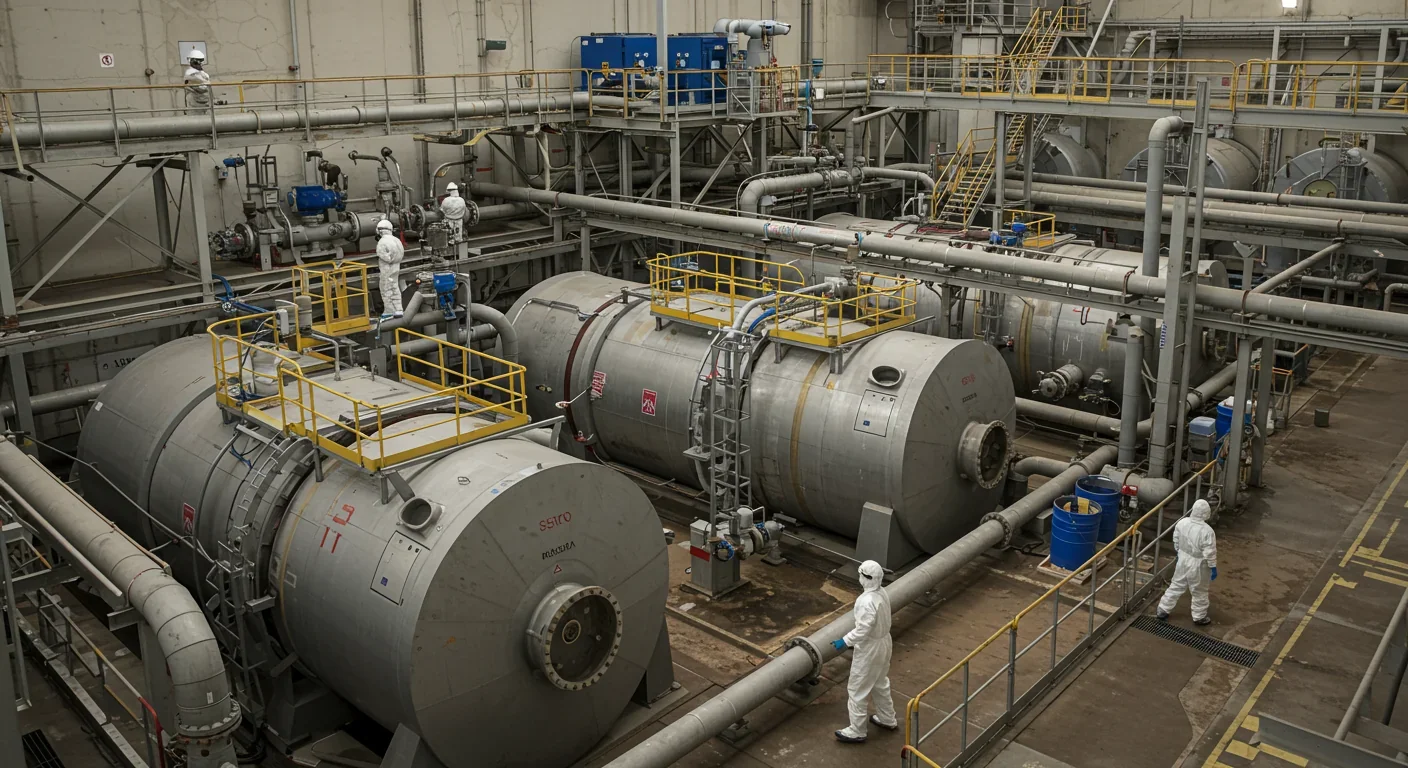
D. radiodurans isn't the only radiation survivor. It's part of a growing catalog of extremophiles that challenge our assumptions about life's limits.
Thermococcus gammatolerans, isolated from a hydrothermal vent, withstands up to 30,000 Gy of radiation, making it even tougher than D. radiodurans. Various Bacillus species producing radiation-resistant spores have been discovered in NASA cleanrooms, presumably hitching rides toward space on supposedly sterile spacecraft—an accidental test of whether Earth life could colonize other planets.
Rubrobacter xylanophilus, a thermophile that loves hot environments, also demonstrates significant radioresistance, further supporting the connection between heat resistance and radiation tolerance. Even outside the bacterial world, tardigrades, those adorable microscopic "water bears," survive 5,000 Gy of radiation through similar DNA repair strategies and protective proteins.
The diversity of radioresistant organisms suggests that these survival mechanisms evolved independently multiple times, indicating they're not rare genetic accidents but solutions that natural selection consistently favors under the right conditions.
If bacteria can survive such extreme conditions on Earth, what might exist on other planets? This question drives much of the excitement around extremophile research in the astrobiology community.
Mars bombards its surface with ionizing radiation levels that would sterilize most Earth life within hours. But if life ever emerged on Mars, organisms with D. radiodurans-like capabilities could potentially survive in frozen time capsules beneath the surface, protected from the worst radiation while remaining metabolically dormant.
"If our bacteria can survive sterilization procedures, spacecraft journeys, and Martian radiation, we might accidentally seed other worlds with Earth life before we discover whether anything evolved there independently."
— Concerns about planetary contamination
The discovery raises both exciting possibilities and concerning contamination risks. When NASA engineers found 26 new bacterial species thriving in supposedly sterile spacecraft assembly facilities, including radiation-resistant Bacillus strains, it highlighted the difficulty of preventing Earth microbes from hitching rides to other planets. If our bacteria can survive sterilization procedures, spacecraft journeys, and Martian radiation, we might accidentally seed other worlds with Earth life before we discover whether anything evolved there independently.
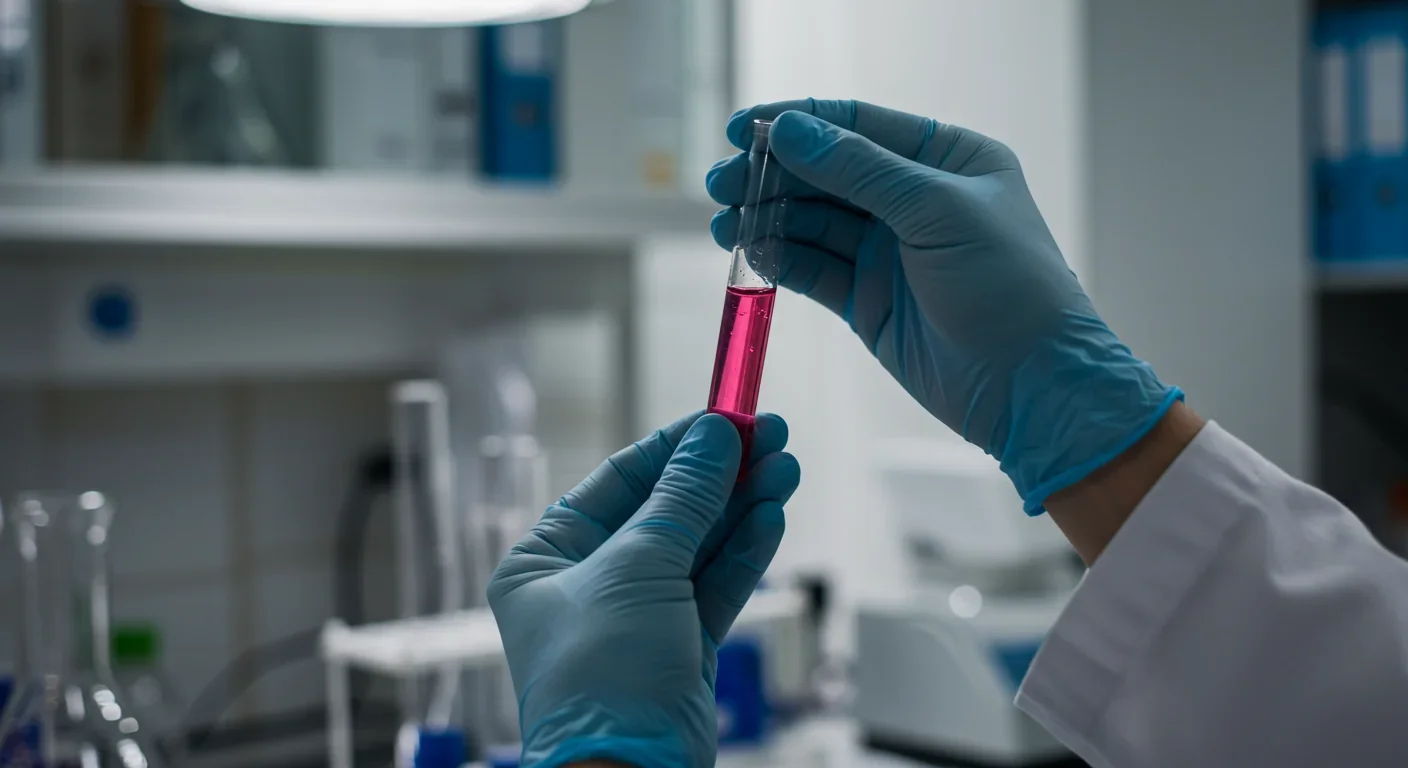
Conversely, understanding how Earth organisms handle radiation helps scientists design better life-detection missions. If we know what biosignatures radiation-resistant organisms produce, we can look for similar signs on Mars or Jupiter's moon Europa, where radiation levels also challenge conventional assumptions about habitability.
The antioxidant complex that protects D. radiodurans has inspired researchers to develop synthetic protective compounds that could shield human cells from radiation damage. Applications range from protecting cancer patients undergoing radiation therapy to safeguarding astronauts during long-duration space missions.
The RecN protein, crucial for D. radiodurans' DNA repair, has been crystallized and studied to understand its structure at the molecular level. This knowledge could lead to therapies that enhance human DNA repair systems, potentially treating genetic diseases or mitigating aging effects.
More speculatively, some researchers have explored whether human cells could be engineered with enhanced radioresistance by borrowing genetic components from D. radiodurans. The ethical implications are significant. Would radiation-resistant humans lose something essential about our biology in the process? How would such modifications affect long-term health? These questions belong more to science fiction than current reality, but the underlying research progresses steadily.
Recent work shows that bacteria can acquire radioresistance through adaptive evolution, with increased expression of anti-stress genes after exposure to gamma radiation—suggesting multiple evolutionary pathways toward radioresistance.
Recent work has also shown that bacteria can acquire radioresistance through adaptive evolution, with increased expression of anti-stress genes after exposure to gamma radiation. This suggests multiple evolutionary pathways toward radioresistance and provides insights into how organisms might adapt to gradually increasing radiation exposure.
Beyond radiation resistance, D. radiodurans has become a valuable biotechnology platform. Its robust DNA repair systems make it an attractive host for genetic engineering projects that require stability under harsh conditions.
Researchers have developed CRISPR-Cas gene editing tools specifically for Deinococcus species, including systems based on transposon-associated TnpB proteins. These tools enable precise genetic modifications while taking advantage of the bacterium's natural durability.
Industrial applications include using engineered D. radiodurans for bioremediation of mixed radioactive and chemical waste, biosynthesis of valuable compounds in radiation-rich environments, and as a chassis organism for synthetic biology projects requiring extreme robustness.
D. radiodurans teaches us that biological limits are far more flexible than we imagined. Life didn't evolve to survive nuclear reactors or cosmic radiation, yet here's an organism that handles both with ease. That adaptability hints at life's potential on other worlds and gives us tools to address problems we created ourselves.
The bacterium also demonstrates the value of studying organisms that seem irrelevant to human concerns. Nobody investigating spoiled canned meat in 1956 predicted this microbe would become central to nuclear waste cleanup, space exploration, and understanding the fundamental limits of life. Scientific curiosity about nature's extremes consistently yields practical applications nobody anticipated.
As we generate more nuclear waste, plan longer space missions, and push the boundaries of biotechnology, the lessons from D. radiodurans become increasingly relevant. This tiny survivor might not save humanity from every consequence of our technological choices, but it offers a starting point, a proof of concept that seemed impossible until we found it thriving in the deadliest environments on Earth.
Research into radioresistant bacteria continues accelerating. Current projects explore whether beneficial human gut microbes could be engineered for space travel, helping astronauts maintain health during multi-year Mars missions. Scientists investigate whether radiation-resistant bacteria could manufacture pharmaceuticals or food supplements in space habitats, reducing the need to transport supplies from Earth.
Back on our home planet, the nuclear industry watches this research closely. Every nuclear power plant generates waste, and every decommissioned reactor site requires cleanup. Biological solutions scale differently than engineering solutions: bacteria reproduce themselves, work in hard-to-reach places, and adapt to local conditions. If we can refine the technology, we might transform century-long cleanup projects into decade-long ones.
The story of D. radiodurans is ultimately about resilience and adaptation. At a moment when humanity faces challenges that seem insurmountable—from climate change to pollution to the question of whether we can become a multi-planet species—there's something reassuring about a microbe that looks at supposedly lethal conditions and just keeps growing.
That simple pink bacterium, thriving where nothing should survive, suggests that life finds ways we haven't imagined yet. And if we're clever enough to learn from it, those solutions might work for us too.

Curiosity rover detects mysterious methane spikes on Mars that vanish within hours, defying atmospheric models. Scientists debate whether the source is hidden microbial life or geological processes, while new research reveals UV-activated dust rapidly destroys the gas.

CMA is a selective cellular cleanup system that targets damaged proteins for degradation. As we age, CMA declines—leading to toxic protein accumulation and neurodegeneration. Scientists are developing therapies to restore CMA function and potentially prevent brain diseases.

Intercropping boosts farm yields by 20-50% by growing multiple crops together, using complementary resource use, nitrogen fixation, and pest suppression to build resilience against climate shocks while reducing costs.

Cryptomnesia—unconsciously reproducing ideas you've encountered before while believing them to be original—affects everyone from songwriters to academics. This article explores the neuroscience behind why our brains fail to flag recycled ideas and provides evidence-based strategies to protect your creative integrity.

Cuttlefish pass the marshmallow test by waiting up to 130 seconds for preferred food, demonstrating time perception and self-control with a radically different brain structure. This challenges assumptions about intelligence requiring vertebrate-type brains and suggests consciousness may be more widespread than previously thought.

Epistemic closure has fractured shared reality: algorithmic echo chambers and motivated reasoning trap us in separate information ecosystems where we can't agree on basic facts. This threatens democracy, public health coordination, and collective action on civilizational challenges. Solutions require platform accountability, media literacy, identity-bridging interventions, and cultural commitment to truth over tribalism.

Transformer architectures with self-attention mechanisms have completely replaced static word vectors like Word2Vec in NLP by generating contextual embeddings that adapt to word meaning based on surrounding context, enabling dramatic performance improvements across all language understanding tasks.